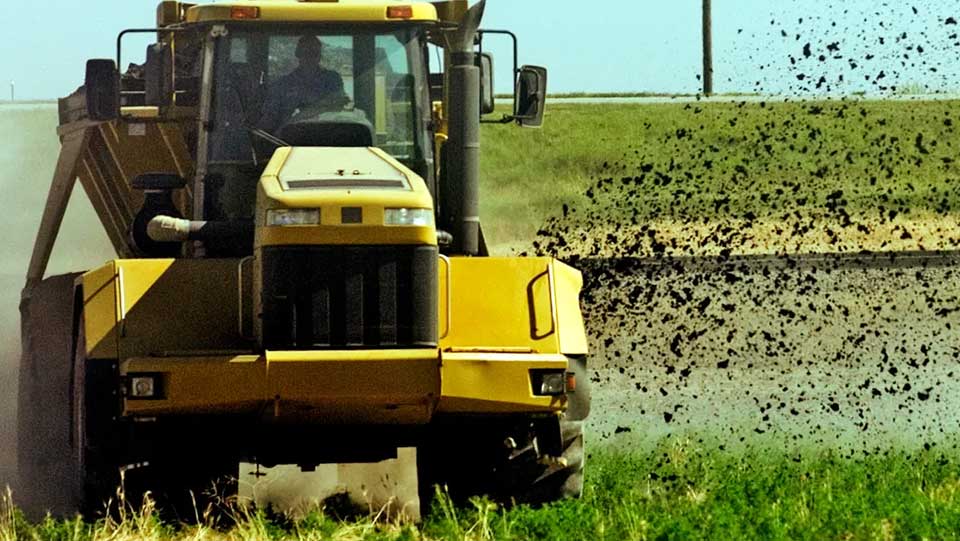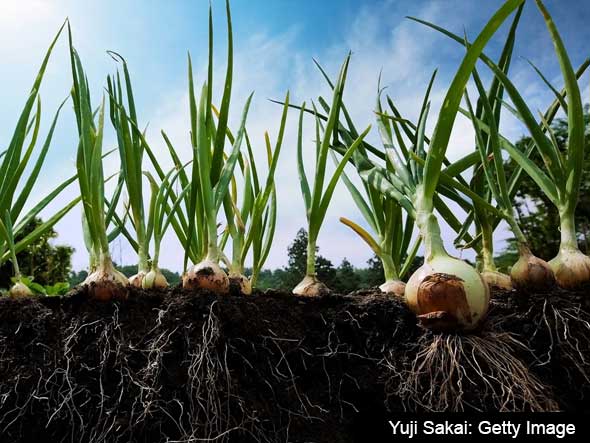Plastic pollution is one of the defining legacies of our modern way of life, but it is now so widespread it is even finding its way into fruit and vegetables as they grow.
In 2022, analysis by the Environmental Working Group, an environmental non-profit, found that sewage sludge has contaminated almost 20 million acres (80,937sq km) of US cropland with per- and polyfluoroalkyl substances (PFAS), often called “forever chemicals”, which are commonly found in plastic products and do not break down under normal environmental conditions.
Sewage sludge is the byproduct left behind after municipal wastewater is cleaned. As it is expensive to dispose of and rich in nutrients, sludge is commonly used as organic fertilizer in the US and Europe. In the latter, this is in part due to EU directives promoting a circular waste economy. An estimated 8-10 million tons of sewage sludge is produced in Europe each year, and roughly 40% of this is spread on farmland.
Due to this practice, European farmland could be the biggest global reservoir of microplastics, according to a study by researchers at Cardiff University. This means between 31,000 and 42,000 tons of microplastics, or 86 trillion to 710 trillion microplastic particles, contaminate European farmland each year.

The researchers found that up to 650 million microplastic particles, measuring between 1mm and 5mm (0.04in-0.2in), entered one wastewater treatment plant in south Wales, in the UK, every day. All these particles ended up in the sewage sludge, making up roughly 1% of the total weight, rather than being released with the clean water.
The number of microplastics that end up on farmland “is probably an underestimation,” says Catherine Wilson, one of the study’s co-authors and deputy director of the Hydro-environmental Research Centre at Cardiff University. “Microplastics are everywhere and [often] so tiny that we can’t see them.” And microplastics can stay there for a long time too. One recent study by soil scientists at Philipps-University Marburg found microplastics up to 90cm (35in) below the surface on two agricultural fields where sewage sludge had last been applied 34 years ago. Ploughing also caused the plastic to spread into areas where the sludge had not been applied.
Read much more of this fascinating article @ BBC.com

